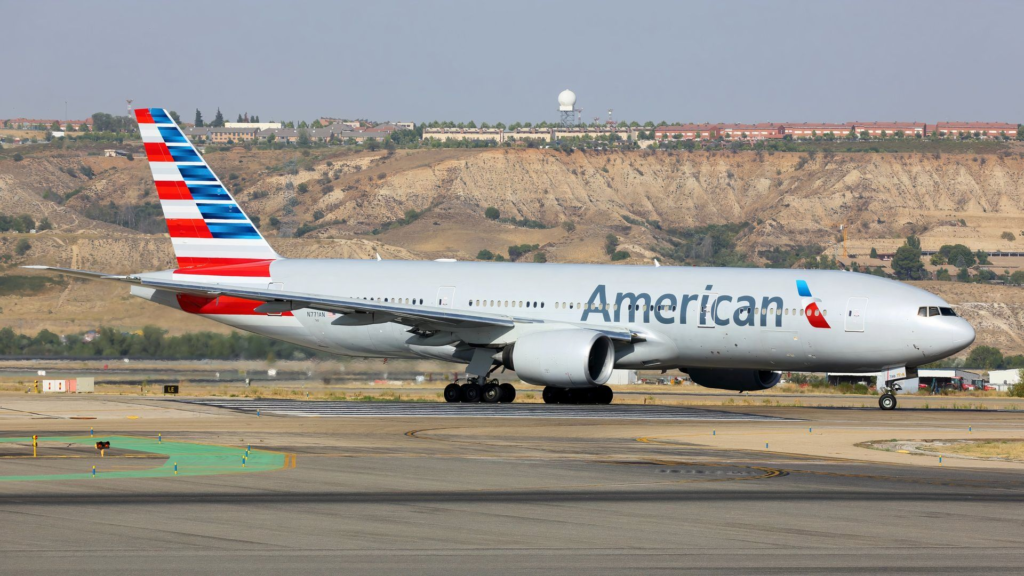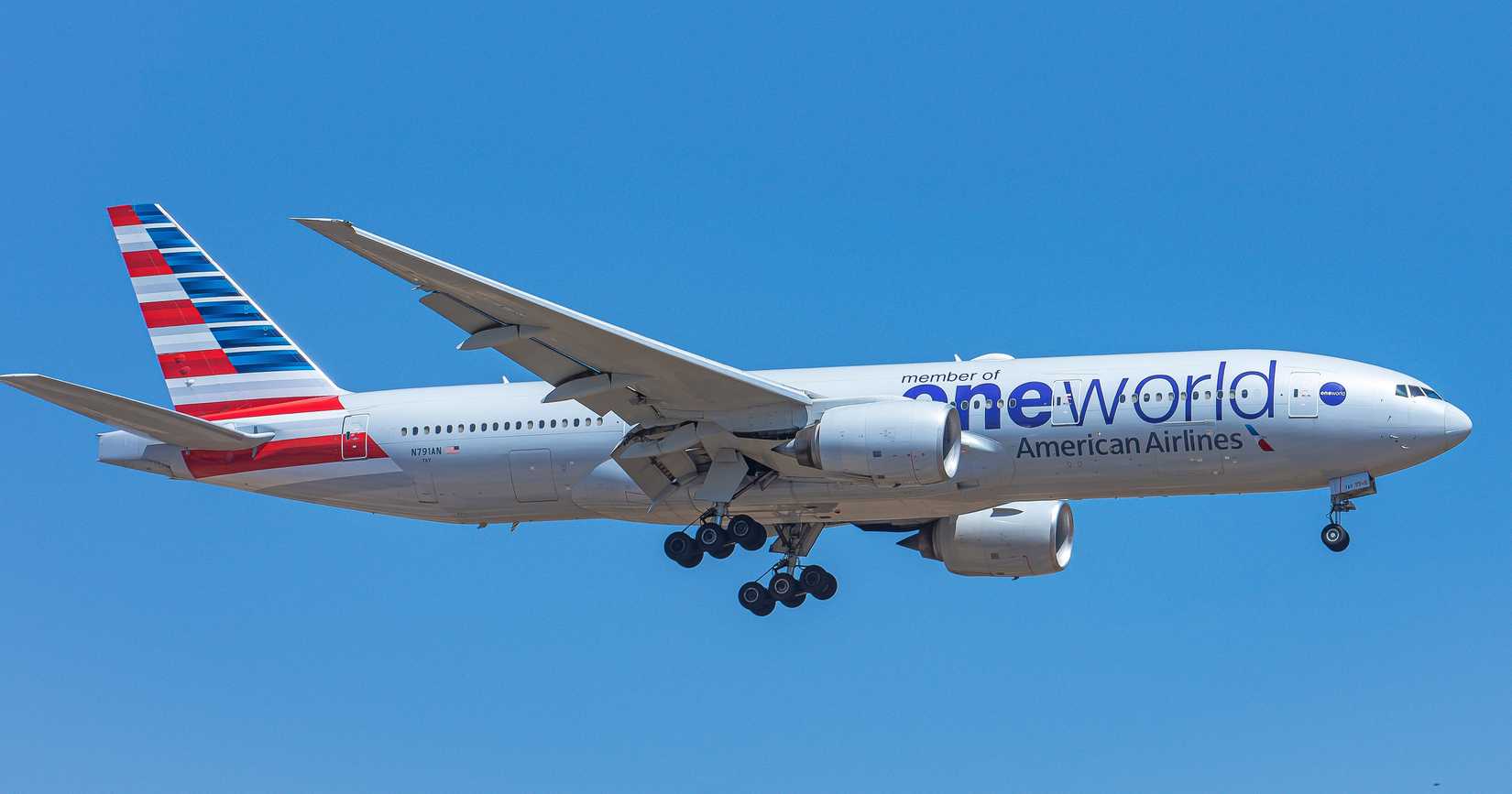A California jury has ordered American Airlines to pay $11 million in damages to a passenger who suffered two strokes onboard a transatlantic flight in 2021, as per the Los Angeles Times. The incident occurred on November 15, 2021, during American Airlines AA68 from Miami to Madrid, when the passenger, Jesus Plasencia, began showing symptoms of neurological distress.
Despite urgent requests from Plasencia’s wife, the crew did not divert the aircraft and instead continued on to Spain. The lawsuit alleged that the airline’s refusal to divert led to worsening outcomes for the passenger, who suffered not one but two strokes during the flight. The jury agreed, concluding that American had failed in its duty of care and that an earlier diversion could have provided faster medical attention, potentially mitigating the damage.
Looking At The Lawsuit
Central to the case was the jury’s conclusion that the airline acted negligently by prioritizing operational concerns over passenger health. Testimony revealed that Plasencia’s wife, Ana Maria Marcela Tavantzis, repeatedly asked the crew to land early. Instead, the crew reportedly joked with Plasencia and continued the flight.
Plasencia, a 67-year-old former chef, briefly lost the ability to speak and was unable to pick up his phone while the plane was parked at the gate. Plasencia would later experience another stroke over the Atlantic Ocean. He was taken to a local hospital upon landing in Spain, where he reportedly spent three weeks in critical condition.
Plasencia returned to the United States via air ambulance, and the effects of his stroke continue to persist. He can no longer speak or write, and his wife has become his primary caretaker. Had the incident been reported or handled differently, Plasencia could have been taken to a Miami-area hospital, which would have drastically reduced the damage from the stroke, rather than having to wait.
The Impact On American Airlines
The $11 million award, while manageable for a major US carrier, comes at a challenging time for American Airlines. Rising labor expenses, fuel volatility, and fleet investment needs are already weighing on the company’s bottom line. The airline, despite being comparable in size to Delta and United, is severely lagging behind the other two in profits.
The other issue with the lawsuit is brand image. ![]() Delta Air Lines and
Delta Air Lines and ![]() United Airlines have made major steps to elevate their brands and become more premium, which has become a major selling point in the US market. American Airlines, meanwhile, took major steps in the 2010s to move downmarket, which has affected its brand image and its overall balance sheets.
United Airlines have made major steps to elevate their brands and become more premium, which has become a major selling point in the US market. American Airlines, meanwhile, took major steps in the 2010s to move downmarket, which has affected its brand image and its overall balance sheets.
|
Airline |
Fleet Size |
|---|---|
|
United Airlines |
1,052 |
|
American Airlines |
998 |
|
Delta Air Lines |
991 |
The lawsuit is unlikely to majorly affect American Airlines, but what little effect it does have will undoubtedly be negative. American now has to pay out $11 million, in addition to attorney fees spent on this case, and the airline will now take a reputational hit, the full extent of which will soon be visible.
Challenges With Medical Diversions
Medical emergencies are relatively common in aviation. The vast majority are minor, but when life-threatening conditions arise, airlines face difficult choices about whether and where to divert. The Miami-to-Madrid case highlights the stakes of those decisions and may push carriers to revisit policies. This is due to the number of variables and factors in play when determining on when to divert.
When flying over the Atlantic Ocean, there are few, if any, diversion airports, especially those able to accommodate a Boeing 777 (the type that operated AA68). An airport needs to have a sufficiently long runway, adequate emergency staffing, and a swift response. Some airports with lower demand do not have the capability to handle a diverting widebody, even if the runway is long enough.
Operationally, diversions are costly: they can involve tens of thousands of dollars in fuel, landing fees, and passenger compensation, not to mention disruption to schedules. Landing at a diversion airport means that passengers, crews, as well as the airport now have to find a way back to their destination or to the US. Continuing to a destination may end up being faster and safer, especially considering Spain’s close proximity to the US.





